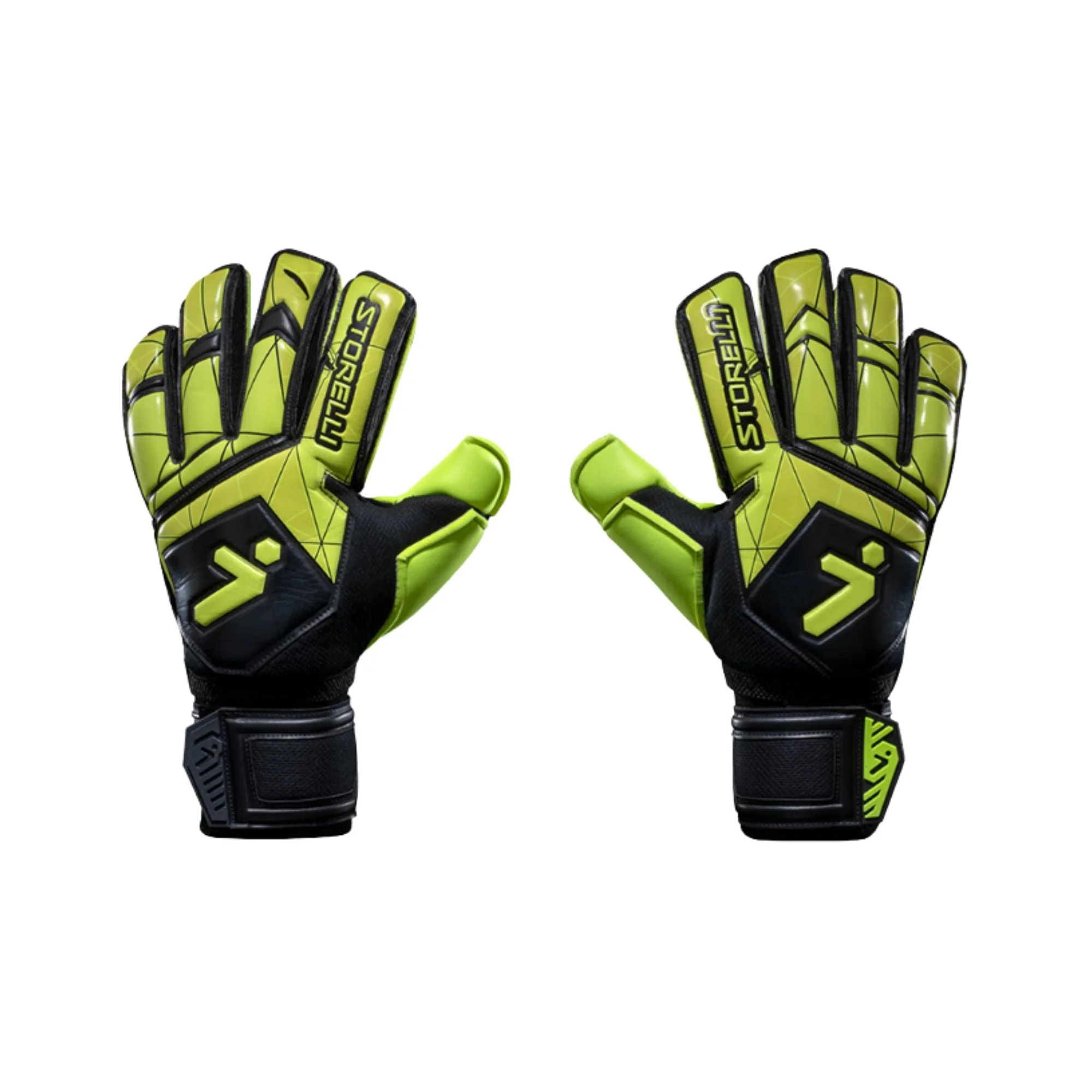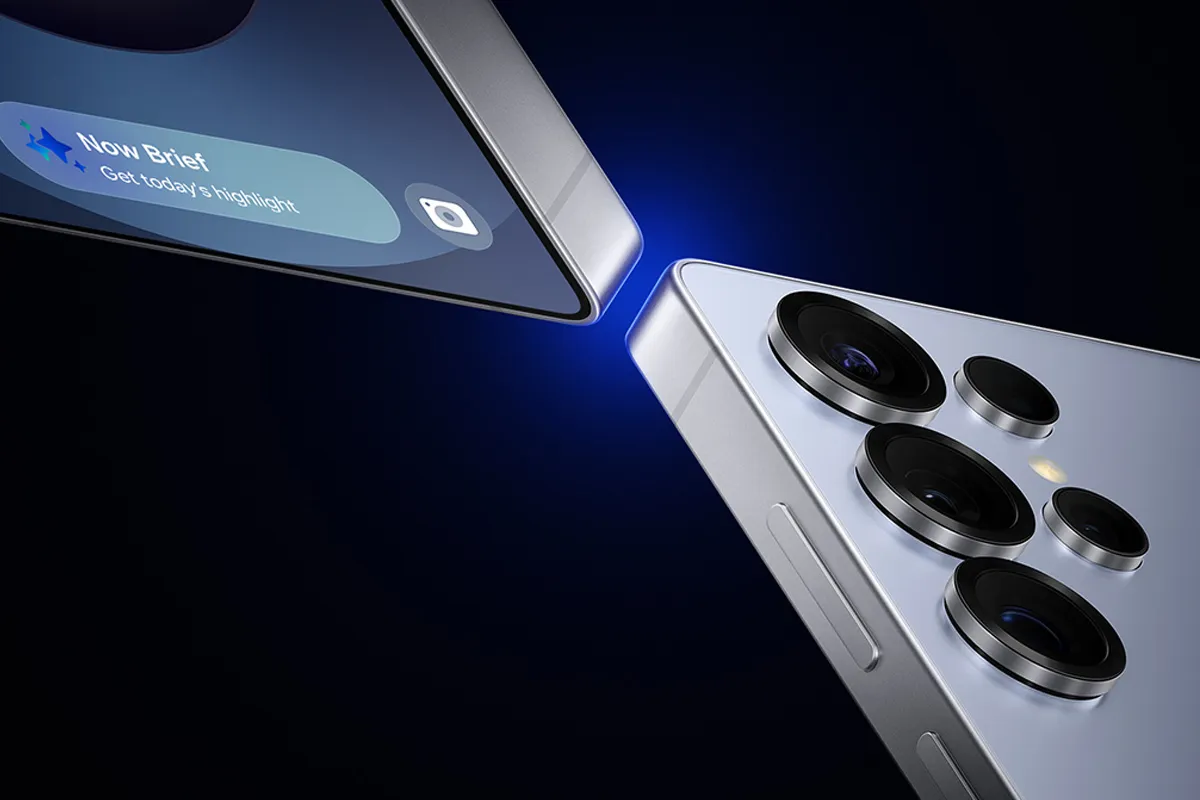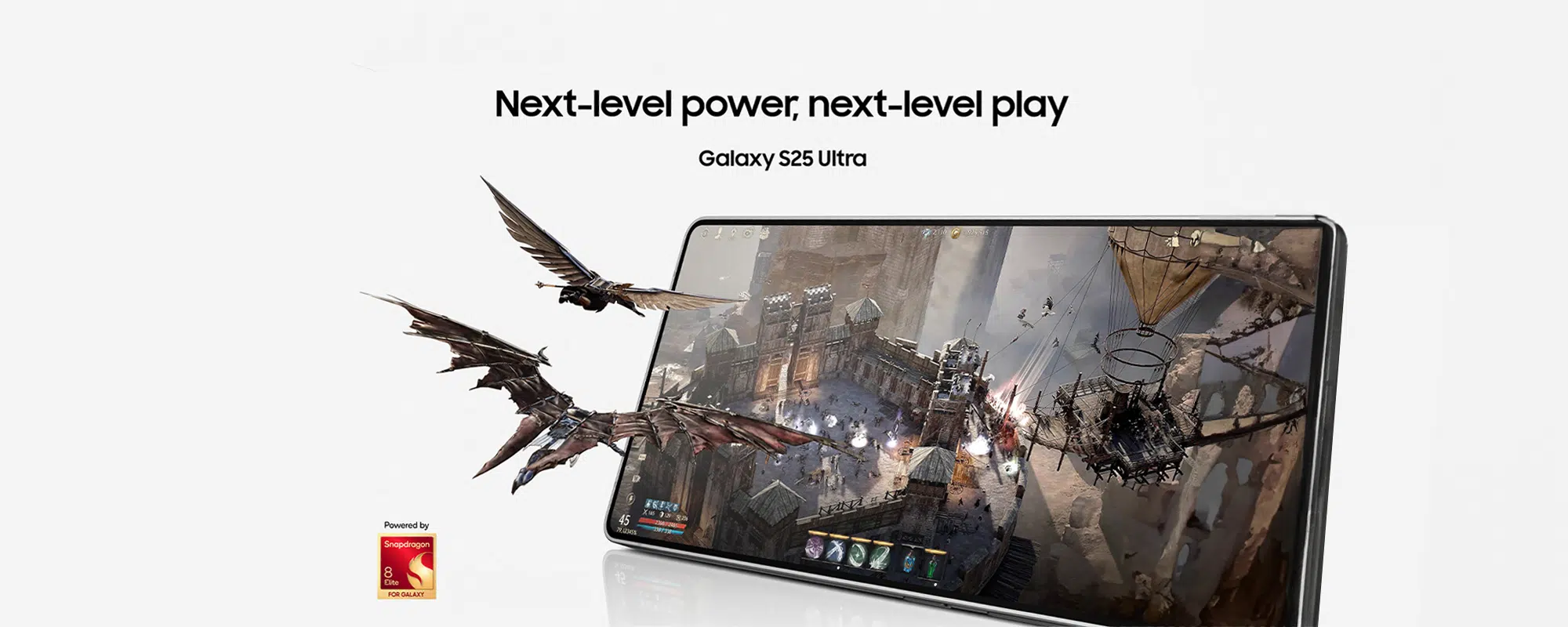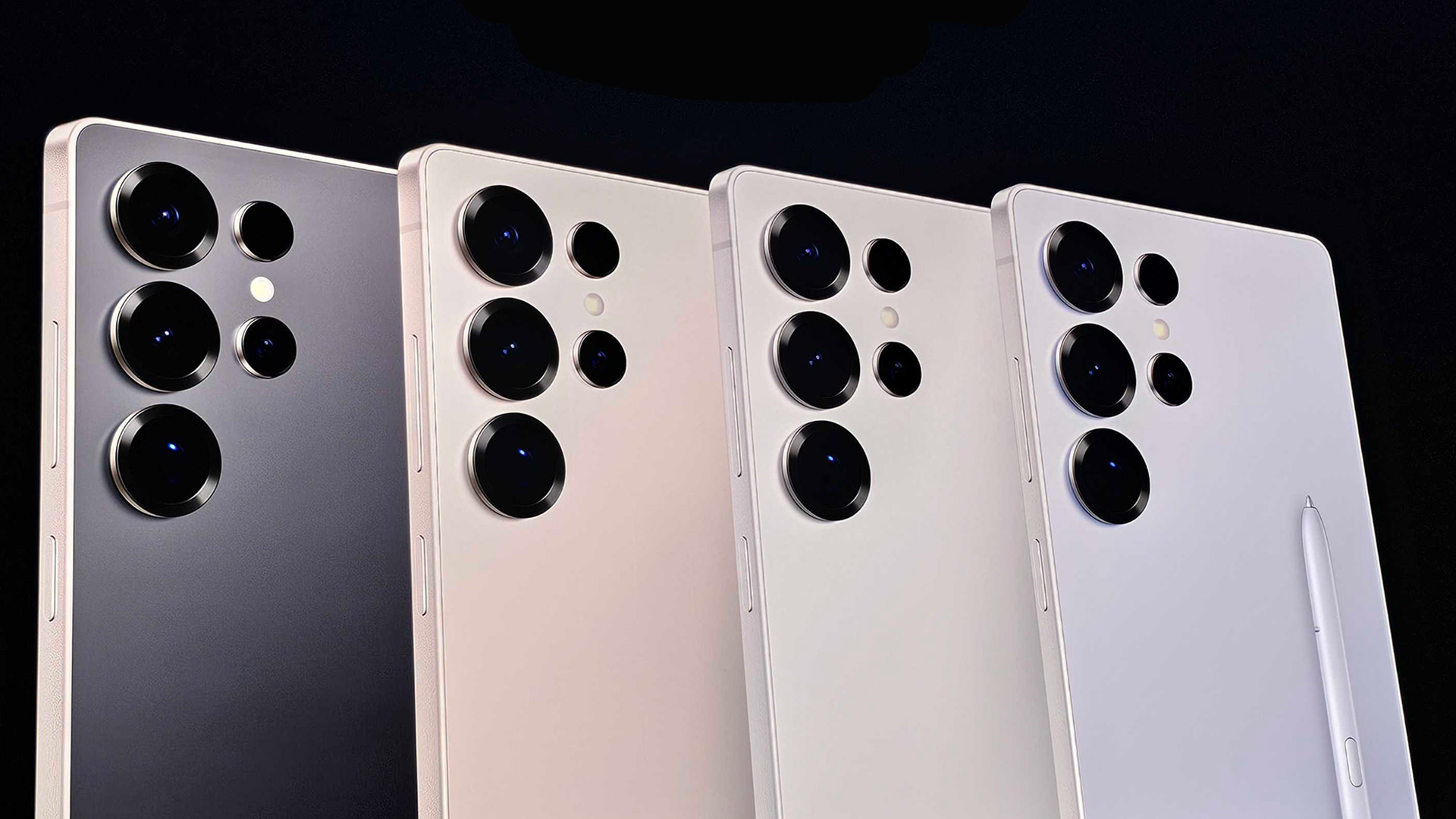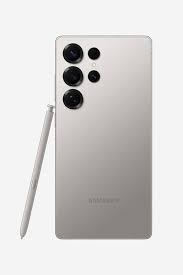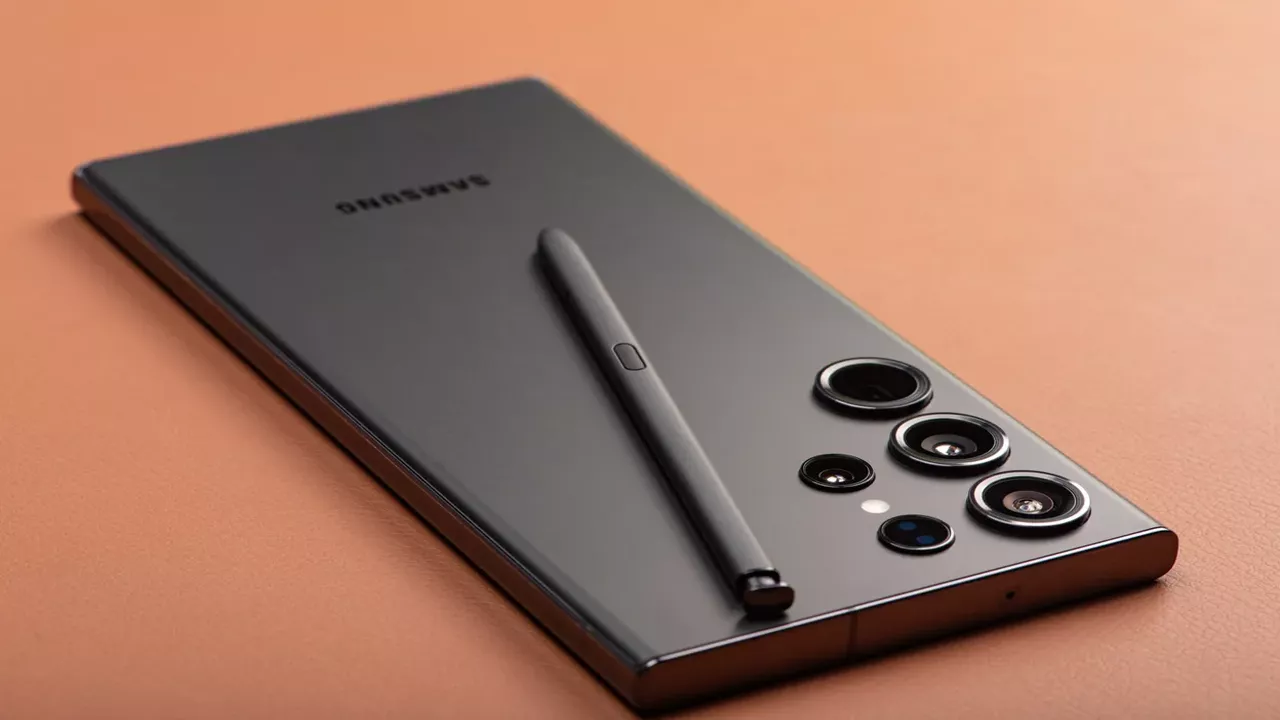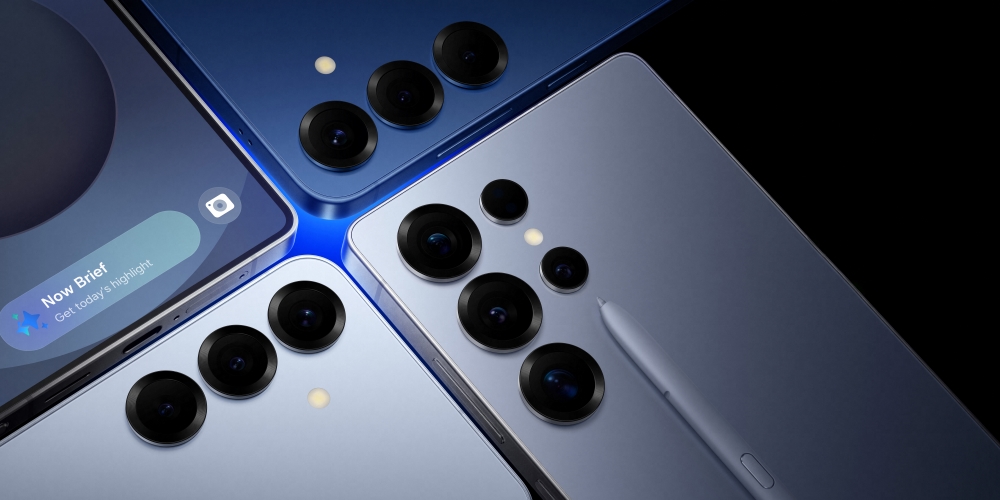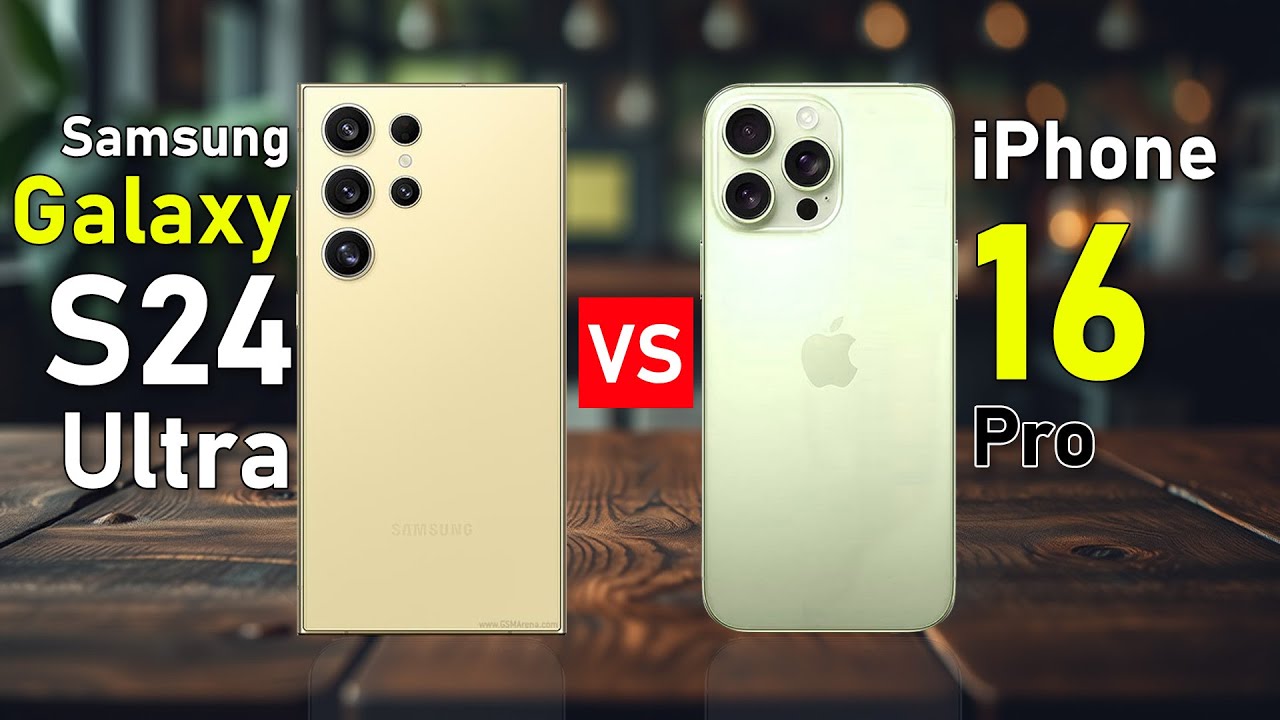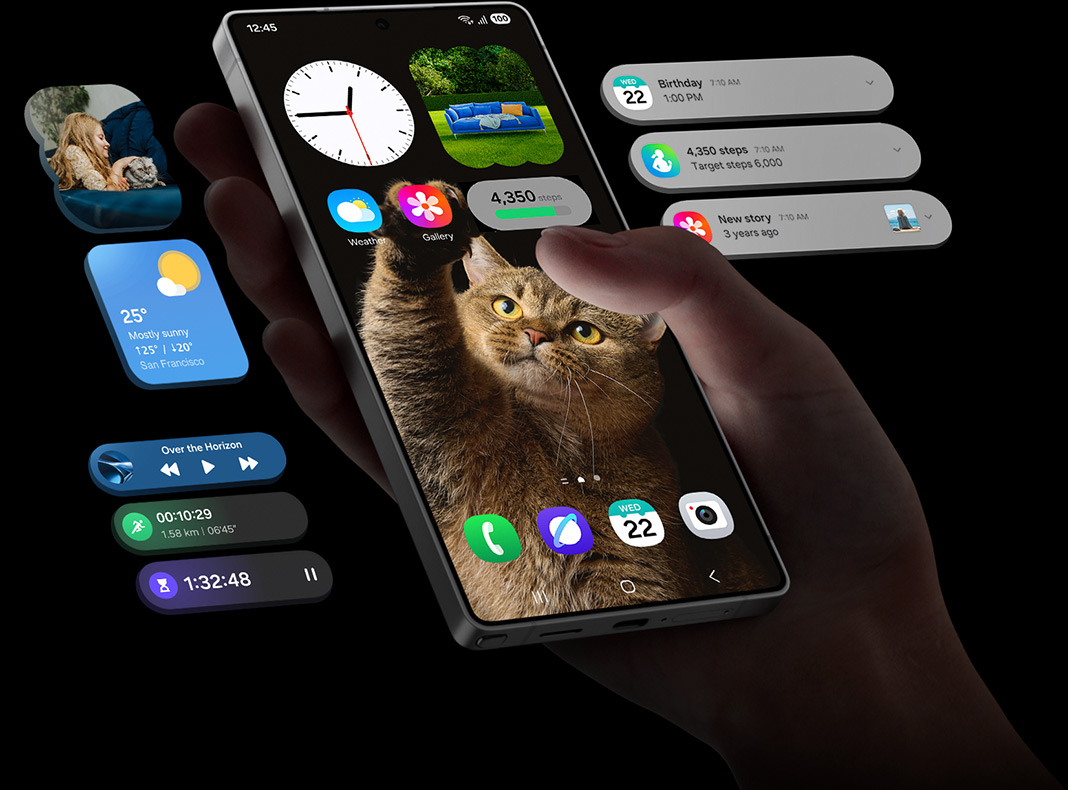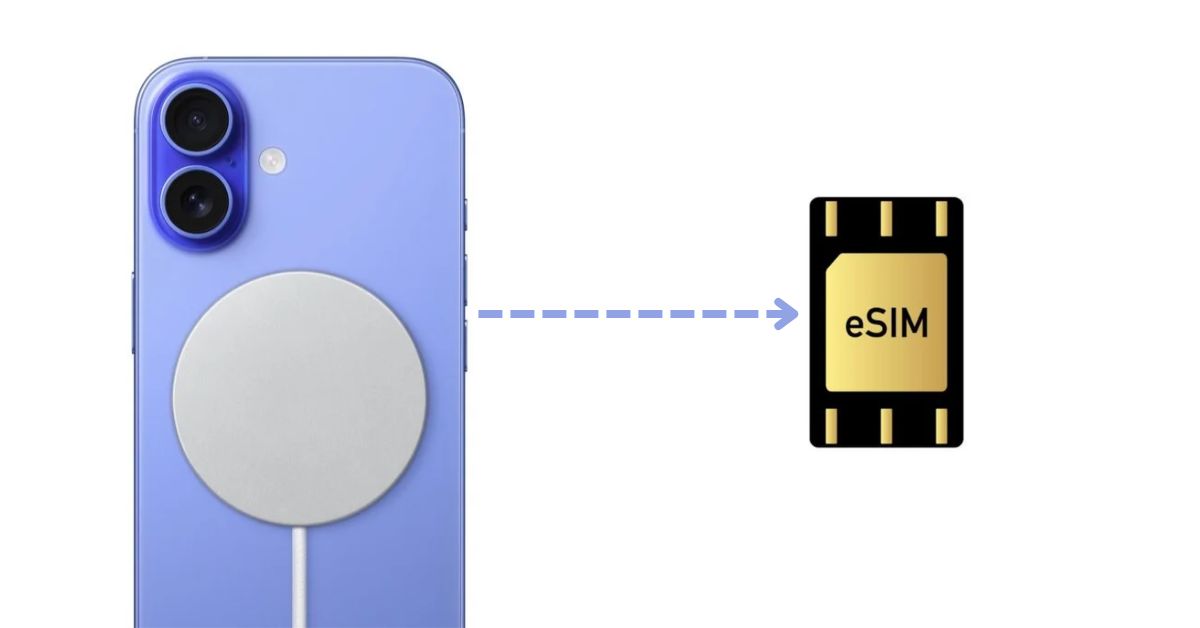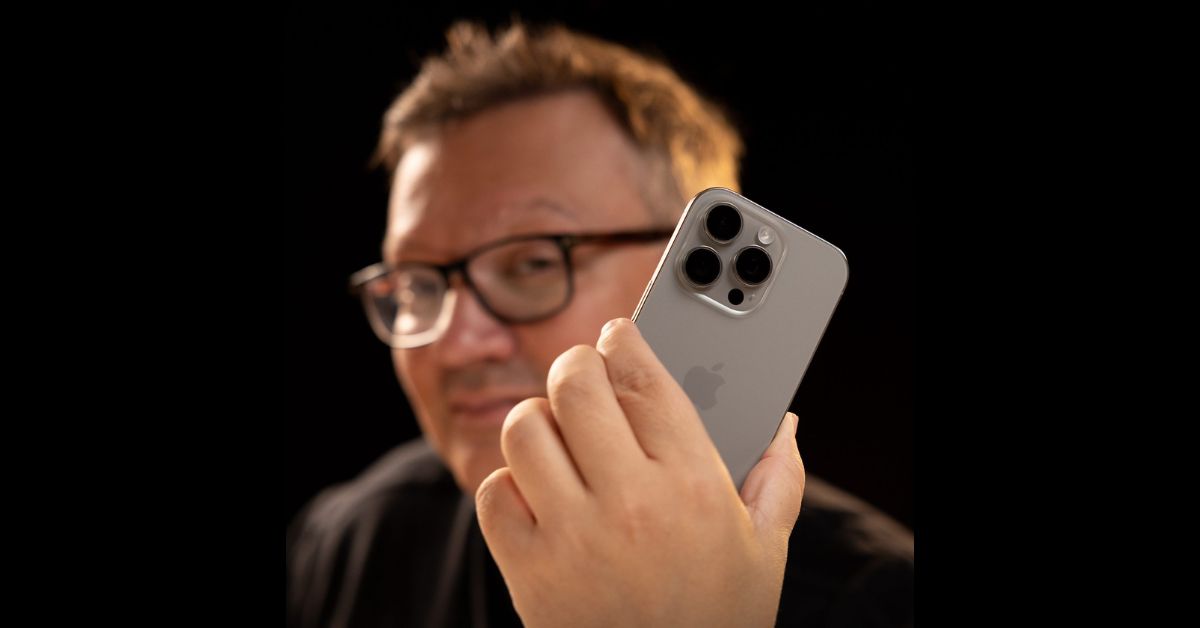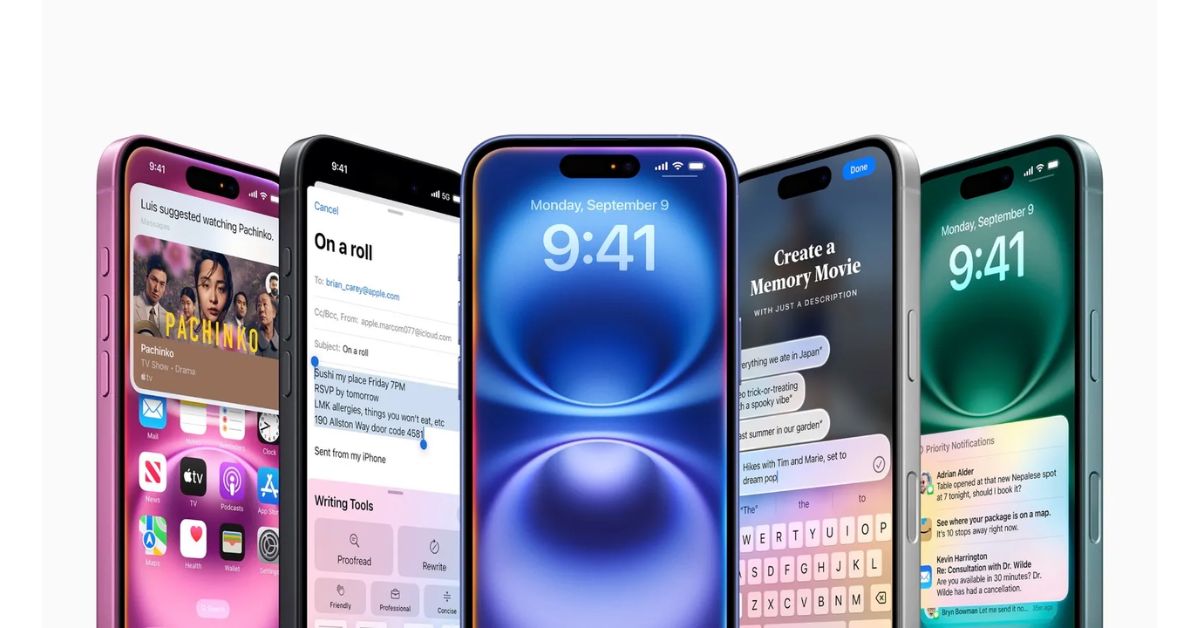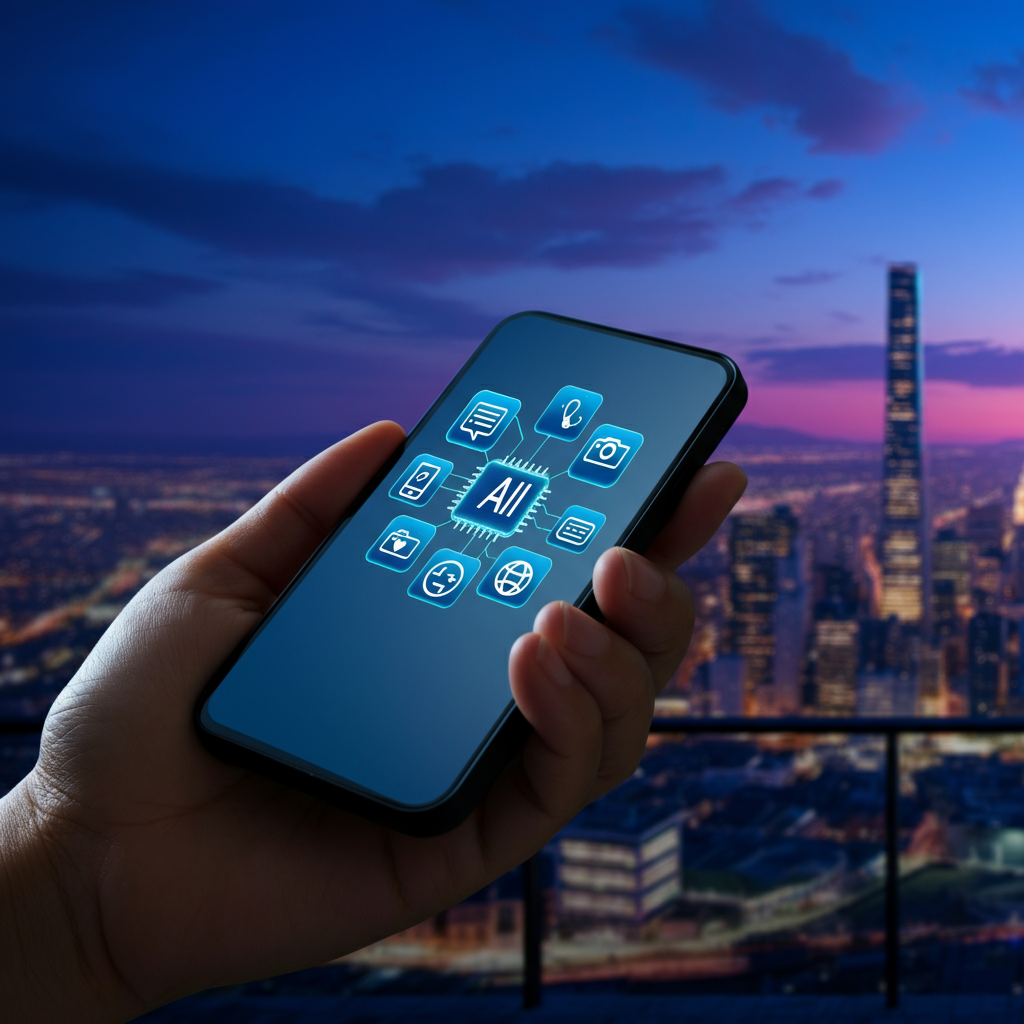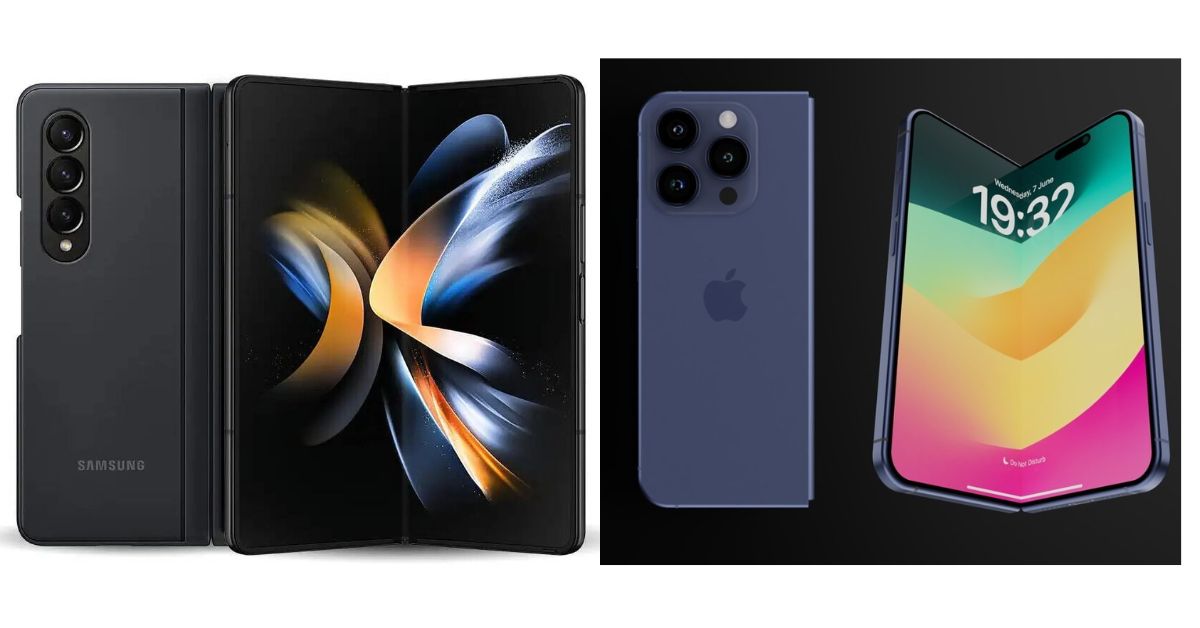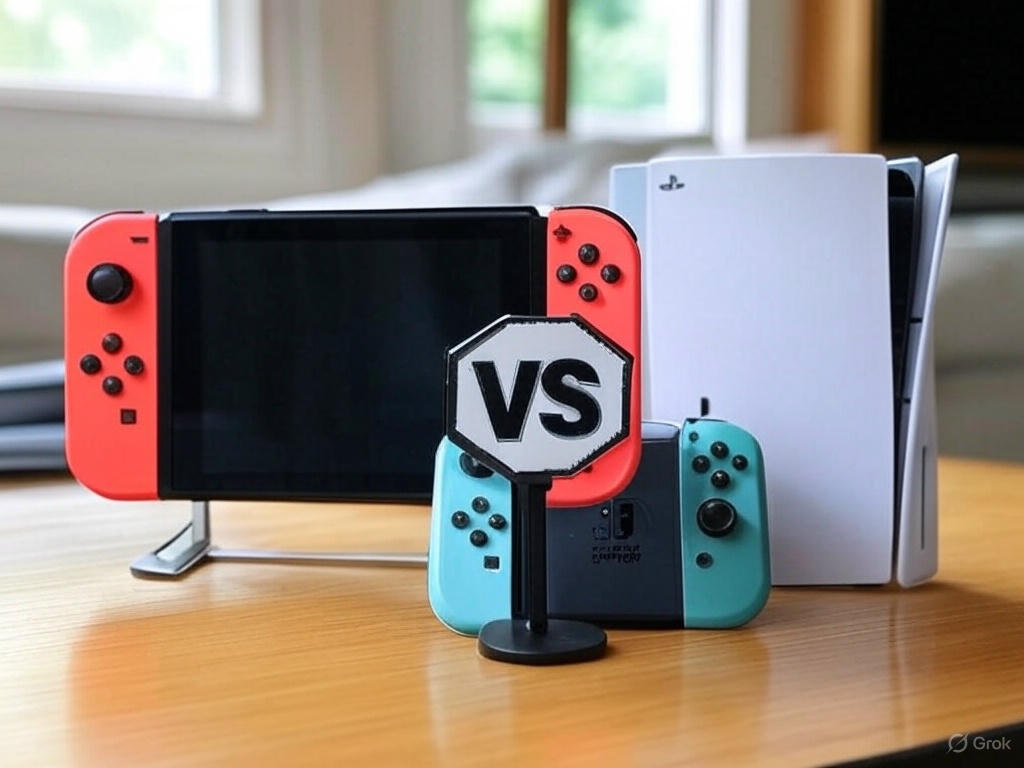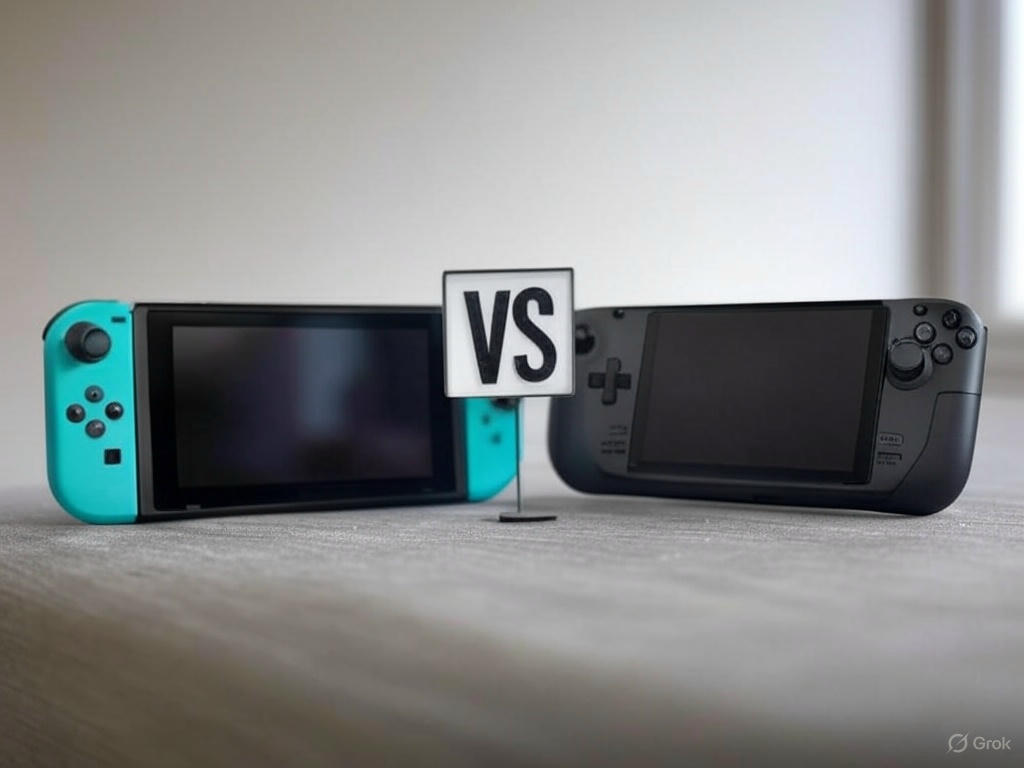Augmented reality (AR) has been steadily transforming industries, from entertainment and gaming to retail and education. While current smartphones have offered a taste of AR’s potential, limitations in hardware and software have kept it from reaching its full promise. Apple’s anticipated iPhone 16 is rumored to change the game entirely. With revolutionary AR features on the horizon, the iPhone 16 may represent a pivotal shift in how we interact with and experience augmented reality.
This blog will explore the potential AR advancements of the iPhone 16, examine how these changes might impact app developers, and highlight the ways in which users are likely to benefit. Whether you’re a tech enthusiast, an Apple loyalist, or an AR developer, there’s plenty to get excited about.
Rumored iPhone 16 AR Specs
While Apple has not officially disclosed the details, leaks and speculation have generated significant buzz around the iPhone 16’s AR capabilities. Here’s what we might expect based on various reports and insider predictions:
Upgraded LiDAR for Precision Scanning
Apple’s LiDAR (Light Detection and Ranging) technology, introduced with the iPhone 12 Pro, has already been instrumental in improving AR accuracy. For the iPhone 16, Apple is rumored to be introducing a more advanced LiDAR scanner. This upgrade could enable faster and more precise depth mapping, improving AR app interactions in real time.
Enhanced Photorealism on Apps
With the rumored introduction of an A18 Bionic chip, the iPhone 16 might set new performance benchmarks. Reports indicate that this chip will not only enhance speed and battery efficiency but will also be optimized for graphical processing, enabling more lifelike AR visuals. Imagine objects rendered so photorealistically in your space that you could almost reach out and touch them.
AR-Focused Display Enhancements
Another predicted upgrade is a ProMotion 120Hz display, offering smoother visual experiences for AR gaming and applications. Paired with micro-LED screen technology, the iPhone 16 could provide better brightness and sharper visuals, further blurring the line between virtual and real-world elements.
Integration with Apple Vision Pro
The iPhone 16 is also expected to play a crucial role in Apple’s expanding AR ecosystem. Rumors suggest tighter integration with the Vision Pro headset, allowing content to move seamlessly between iPhone and Vision Pro for unparalleled multi-device AR experiences.
Battery Efficiency for All-Day AR
Battery life has long been a bottleneck for AR applications. The iPhone 16 is said to include advanced battery technology that minimizes power consumption during heavy AR use. This means users could engage with immersive AR experiences for hours without worrying about running out of juice.
Potential Impact on AR Apps
The advancements in AR hardware and processing power showcased by the iPhone 16 are poised to open new doors for developers. Here’s how:
Complex AR Experiences Become Feasible
Current AR apps often grapple with technical limitations that limit the scope of their applications. With improved LiDAR and processing power, developers can explore more elaborate use cases, such as professional-level 3D modeling and virtual training simulations.
Drastically Shortened Development Time
Apple’s tools, such as ARKit, allow developers to create AR apps with minimal coding, and ARKit is expected to be bolstered by the iPhone 16’s technical improvements. This could streamline app development cycles while delivering more robust and feature-rich apps.
AR in Everyday Problem Solving
Imagine apps that not only overlay directions on your urban morning run but can also scan and recommend furniture sizes for your living room, like a personal designer. The iPhone 16’s enhanced AR could make these practical integrations an everyday norm.
Pushing Creativity in AR Gaming
For AR games, the iPhone 16 could be a game-changer. Developers could blend virtual gaming landscapes into the physical world with an unprecedented level of detail and interactivity. Multiplayer AR games, for instance, could flourish with faster connectivity and enriched environmental awareness.
User Experience Enhancements
The iPhone 16’s AR upgrades aren’t just about enabling developers to push boundaries; they’re also about creating deeply immersive and practical experiences for users. Here’s what we may look forward to:
Truly Immersive Experiences
With improved accuracy and graphical fidelity, AR could become truly immersive. Users could jump into AR games that integrate photorealistic characters into their environments or attend virtual meetings with enhanced spatial awareness through the Magic Collaboration feature rumored to sync brilliantly with spatial audio.
Shopping, Revolutionized
Retail is likely to see some major advances too. Users might get life-sized, 3D previews of products like furniture or apparel in their homes and achieve near-perfect fits or placements before they hit “Buy.” This not only enhances convenience but also reduces returns and waste.
A New Era for Training and Education
Interactive AR lessons, like learning biology through 3D simulations or practicing automotive repairs with virtual overlays, could become more accessible and engaging than before. The iPhone 16’s power would help deliver these lessons with greater detail and reliability, transforming traditional education and corporate training alike.
Seamless Navigation
Whether you’re walking, cycling, or driving, navigation is already benefiting from AR overlays. The iPhone 16 could take this functionality even further, enabling guidance that integrates AR road signs, hazard warnings, and real-time directions mapped to your exact surroundings.
What the iPhone 16 Means for the Future of AR
To say the iPhone 16 could change the AR landscape is no exaggeration. By combining cutting-edge hardware, software, and ecosystem integration, Apple is positioned to create not just a tool but an entirely new standard for AR technology. If these rumors hold true, the iPhone 16 could inspire new creativity and innovation across industries, from entertainment and retail to education, healthcare, and beyond.
AR is no longer a niche feature or futuristic dream. With iPhones increasingly serving as our go-to devices for everything from gaming to navigation, AR advancements like those expected in the iPhone 16 represent a tipping point. They signal a future where virtual elements are seamlessly woven into our everyday lives.
For tech enthusiasts, Apple fans, and AR developers alike, the next few years look promising. The question isn’t if the iPhone 16 will revolutionize AR, but how much.

Dominic O. McCoy is a passionate writer who loves crafting engaging and informative blogs on a wide range of topics. With a deep curiosity and a knack for storytelling, he explores everything from lifestyle and technology to business and home improvement. Whether breaking down complex ideas or sharing practical tips, McCoy aims to deliver valuable content that resonates with readers. When he’s not writing, he enjoys learning about new trends and expanding his knowledge to bring fresh perspectives to his work.


